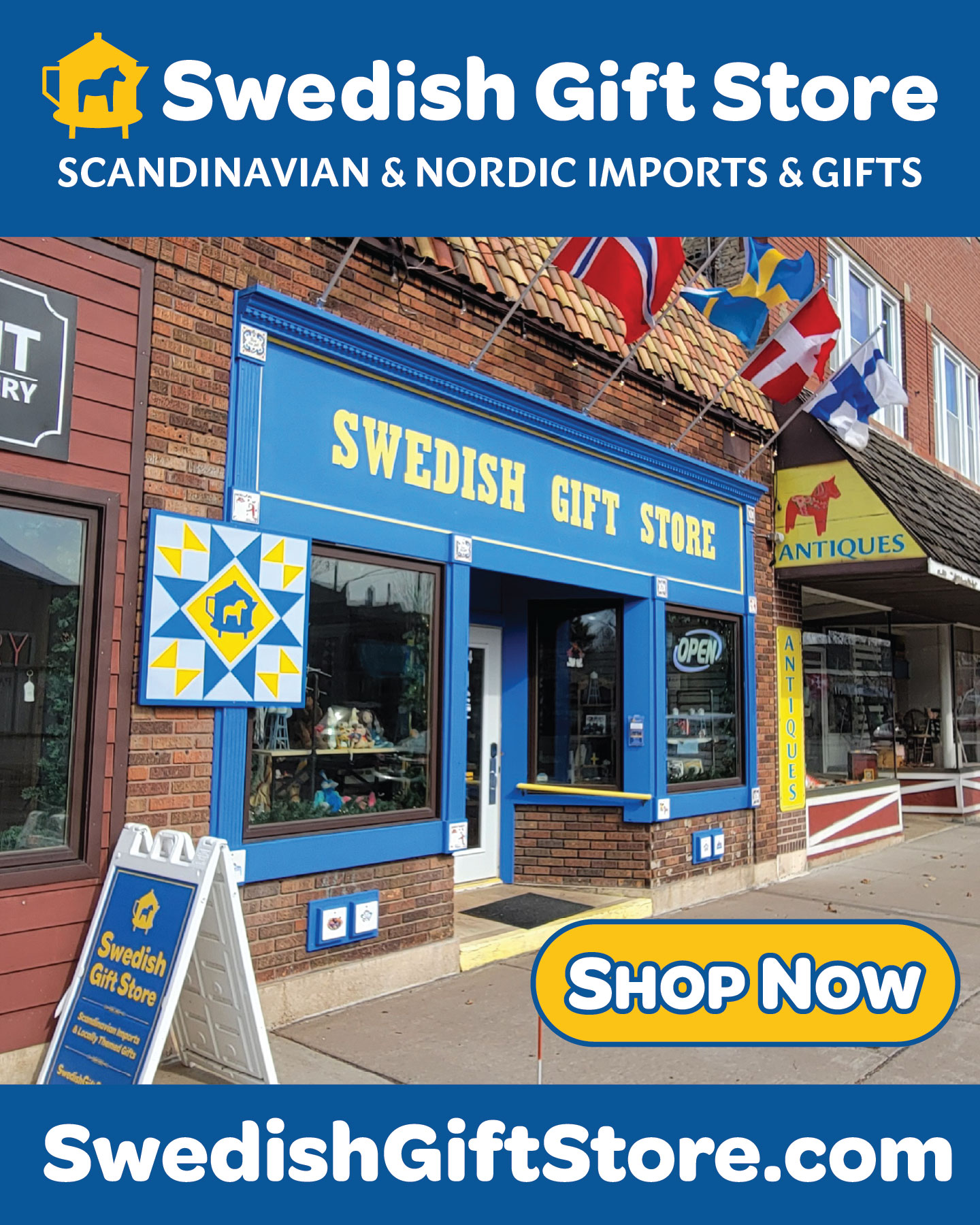Location & Overview
Shafer is a small city in Chisago County, Minnesota, located about 46 miles northeast of Minneapolis–St. Paul and 16 miles east of Interstate 35, along U.S. Highway 8, which connects the broader Chisago Lakes region. Nestled in a rural and agricultural landscape, Shafer is part of the cluster of small towns that make up the Chisago Lakes area, alongside Lindström, Center City, Chisago City, and Almelund.
History & Heritage
Shafer originated as part of Taylors Falls before being named in 1853 after Jacob Shafer, a Swedish immigrant farm worker who cut hay in the region. Historically a farming community—and once a regional potato hub—Shafer has maintained strong agricultural roots while embracing its Swedish immigrant heritage.
Population & Demographics
As of the 2020 U.S. Census, Shafer’s population was approximately 1,142. By 2025, local estimates suggest around 1,223 residents, reflecting steady annual growth of about 1.16%. The city has an estimated median household income of $101,800, a median age near 35.5 years, and a poverty rate around 7.1%. Housing values have risen, with median home values between $225,700 and $242,800, and average rent near $950 to $976 per month.
Geography & Climate
Shafer covers just 1.26 square miles—virtually all land—and sits at an elevation of about 938 feet, making it one of the higher points in Chisago County. Although part of the county’s lake-rich region, Shafer itself is more agricultural and rolling-meadow in character rather than lakeside. The area experiences a humid continental climate, with warm summers (highs around 80 °F) and cold, snow-laden winters (lows near 5 °F), typical of eastern Minnesota.
Economy & Land Use
Shafer remains rooted in agriculture, historically focused on grain and potatoes, and now featuring a blend of small farms, orchards, and local businesses such as bakeries and the nearby Franconia sculpture park. As part of the Swedish Immigrant Trail, Shafer supports agritourism and heritage tourism, including fall harvest events, local craft fairs, and annual celebrations like Shafer Days—which often includes a reenactment of a historic bank robbery and a festive craft fair atmosphere.
Community & Recreation
Residents enjoy a rural-suburban mix, with about 82% homeownership, above-average schools, and a family-oriented lifestyle. Outdoor recreation includes portions of the Swedish Immigrant Regional Trail, a multi-use pathway that retraces the route early settlers traveled across Chisago County. The trail connects Shafer with neighboring towns via a converted railway corridor just north of Highway 8.
Government & Services
Shafer City Hall is located at 17656 303rd Street and provides municipal services, planning, and support for resident concerns. The city council meets on the first and third Tuesday of each month at 6 pm. Shafer operates under a mayor–council style of local government focused on community preservation and growth.
Sister City: Nöbbele, Sweden
Shafer has an official sister-city relationship with Nöbbele, Sweden, located in the Småland region—a common origin of many early Swedish immigrants to Shafer and the broader Chisago Lakes area. The connection was established as part of a civic initiative linking towns in Chisago County with their Swedish counterparts. It is marked along U.S. Highway 8 by bilingual signage acknowledging all five sister-city pairings: Lindström with Tingsryd, Center City with Hassela, Chisago City with Algutsboda, Scandia with Mellerud, and Shafer with Nöbbele.
While formal exchange programs are modest, the link serves as a cultural and historical acknowledgment. It supports genealogical tourism, heritage tours along the Swedish Immigrant Trail, and community education highlighting Shafer’s origins tied to Småland immigrants. Nöbbele and Shafer are similar in scale and rural character, reflecting shared demographic and geographic traits. The designation also encourages storytelling at events like Shafer Days, where civic groups and historical societies highlight the immigrant journey from Småland to Minnesota. This sister-city bond enriches local identity and connects residents symbolically to their ancestral homeland, keeping Swedish-American heritage alive in civic memory and visitor experiences.
Summary
Shafer, Minnesota, is a small, quintessentially rural city with strong Swedish roots and an agricultural past. With a population around 1,150 to 1,220, it maintains a stable, family-oriented community supported by homeowner-dominated neighborhoods and growing median incomes. Located on Highway 8 within the Chisago Lakes area, Shafer offers agritourism, community festivals, trails, and stoic rural charm.
Historically rooted in Swedish immigration, Shafer retains a sister-city affiliation with Nöbbele, Sweden, acknowledging shared heritage and encouraging cultural remembrance. As part of the Swedish Immigrant Trail, the city offers heritage-oriented visitor experiences that tie it to its Swedish ancestral origins.



